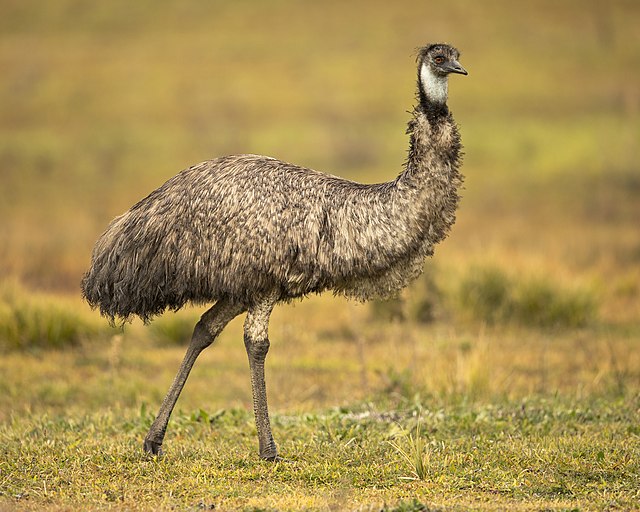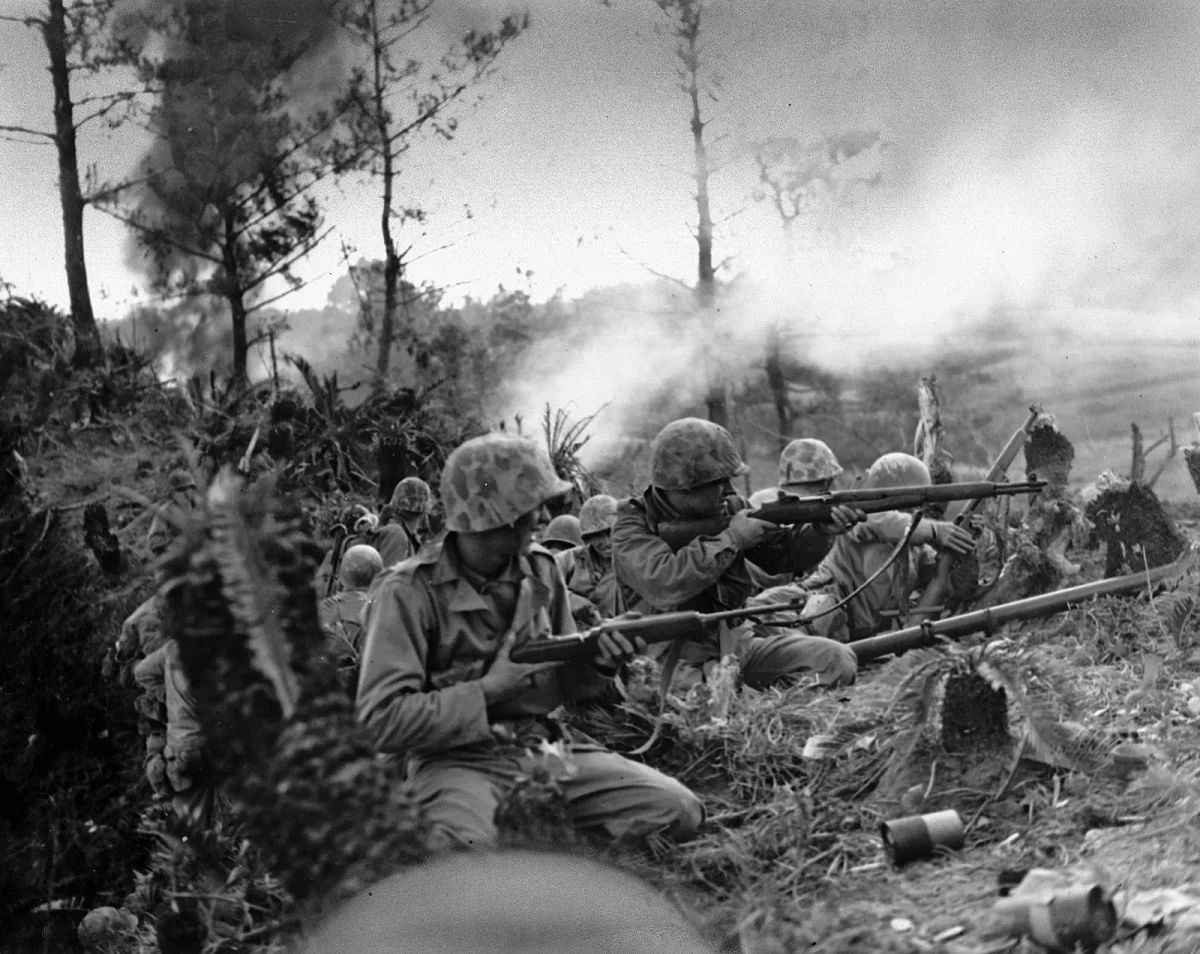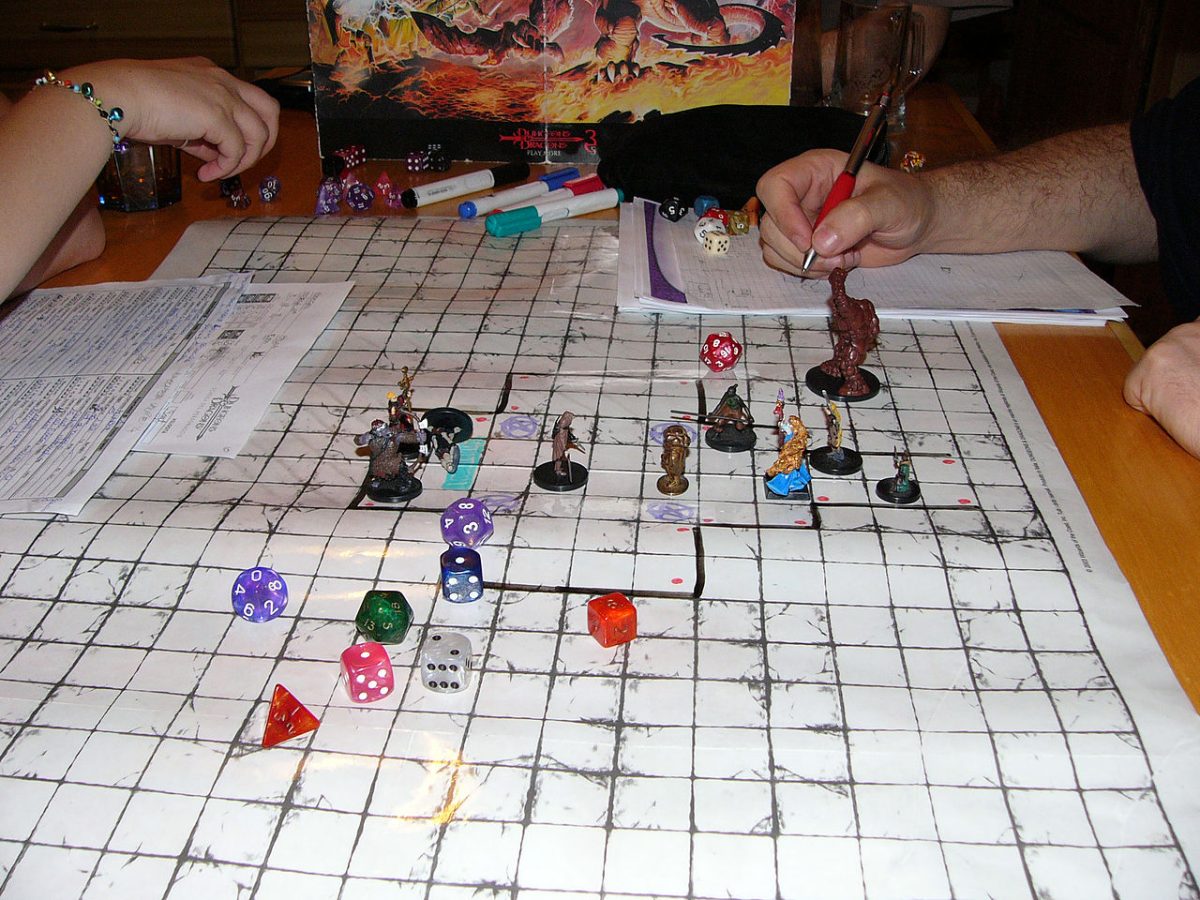Back in 1918, at the end of World War I, the Australian government needed a way to reimburse the veterans who fought, and lived to tell the tale. Their solution to this problem was to give them land to farm on. In 1929, the Great Depression caused many of these veterans to grow wheat. Over the next couple of years, however, the prices of wheat declined drastically. Coincidentally, harvest season also happened to occur as emus, a flightless bird native to Australia, began to migrate at the end of their breeding season. The emus found that farm land was a very good habitat, with no competition, and plenty of food.
Enraged by the ravaging of their crops, the veteran farmers went to the minister of defense, George Pearce, and requested they do something to stop these birds. Since they fought in World War I, these veterans knew how effective certain weapons could be. They found machine guns to be among the most effective, so they requested some to take care of their emu problems. The only catch was that the machine guns must be used by military personnel at all times. This marked the beginning of the Great Emu War.
During the first attempt at extinguishing the feathery vermin, an ambush was set up near a local dam. Roughly 1,000 emus approached their position, but they had to wait for them to get into range. Once the birds drew closer, they began firing into the crowd. Unfortunately, this was a victory for the emus, as the gun jammed after only a dozen emus died. The veterans needed a new plan, and quick. They decided to move south, where they had an equal amount of difficulty killing the birds. Many flocks appeared to have leaders, which would warn the rest about the lurking danger. This however, didn’t stop the veterans, as they drove trucks with machine guns. This would also prove unsuccessful, as the emus were so fast the vehicles could hardly keep up with them. At the high speeds, the gunner didn’t manage to get a single shot off, thus giving the emus another victory. Many other attacks on the emus didn’t show much success.
After a death count of only 300 of the 20,000 emus, the government withdrew. After this, the emus kept destroying all of the veterans land and crops, which led to them begging the government to help once again. James Mitchell, the Premier of Western Australia, eventually convinced the government to back the operation once more. The veterans decided to go back to their old strategy of waiting for the emus to approach them. This time, however, they spread their men much thinner, which was ultimately a good decision, as over 500 emus were killed in only 2 days. 2,400 more emus were injured, and they eventually died.
Overall, the “Great” Emu War Is considered one of the most embarrassing moments of any government, and it is still widely remembered to this day.








